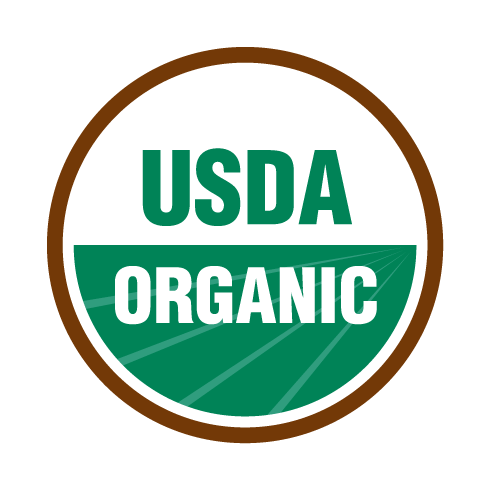Use coupon code CARDAMOM with your purchase of $40 or more for a free†
Cardamom OilOrganic Certification


For many years, there were different certifying agencies, but no federal program. This changed in December 2000 when the National Organic Program (NOP) was established. The NOP recognizes numerous organizations that certify materials as organic. The company NOW Foods uses is Quality Assurance International (QAI). You may have noticed this on our organic labels.
Documentation
When a new organic material or an existing organic material from a new supplier is being evaluated, we require the supplier’s organic certificate. The organic certificate demonstrates that the material meets all the organic regulation requirements. Also, it lists all the items for which the supplier is certified. If our supplier cannot supply us with this information, we cannot purchase organic materials from them. In order for NOW Foods to label something as certified organic, the material we buy must also be certified organic.
Initial and Annual Certification Audit


Printable PDF of Certified Organic - Bloomingdale, IL 391 & 395 Buildings
Printable PDF of Certified Organic - Sparks, NV
When a company wants to have products certified organic, it must pass an audit by an approved certifying agency. After the initial audit, there are annual audits to verify that the company is still in compliance with the law. The certifying agent does the following:
- Walk through the facility to check for general cleanliness.
- Check all pest control types and procedures to ensure that only approved methods are being used.
- Procedure Review: Review of internal procedures to make sure that materials will not be exposed to any unapproved substances.
- Documentation Review: Review of organic certification documentation from the suppliers of the organic materials. The inspector reviews the documentation on every material under consideration for certification.
- Review of Organic Product Labeling – There are rules on how products are labeled.
There are also different levels of organic certification:
- 100% ORGANIC: Must contain 100% organically produced ingredients.
- ORGANIC: Must contain at least 95% organically produced raw or processed agricultural products. The other 5% must be on a list of approved ingredients.
- MADE WITH ORGANIC: Must contain at least 70% of organically produced ingredients.
There are many requirements, but some of the main issues are that “100% organic” and “organic” materials must not be produced using sewage sludge, ionizing radiation, or unapproved processing aids.











